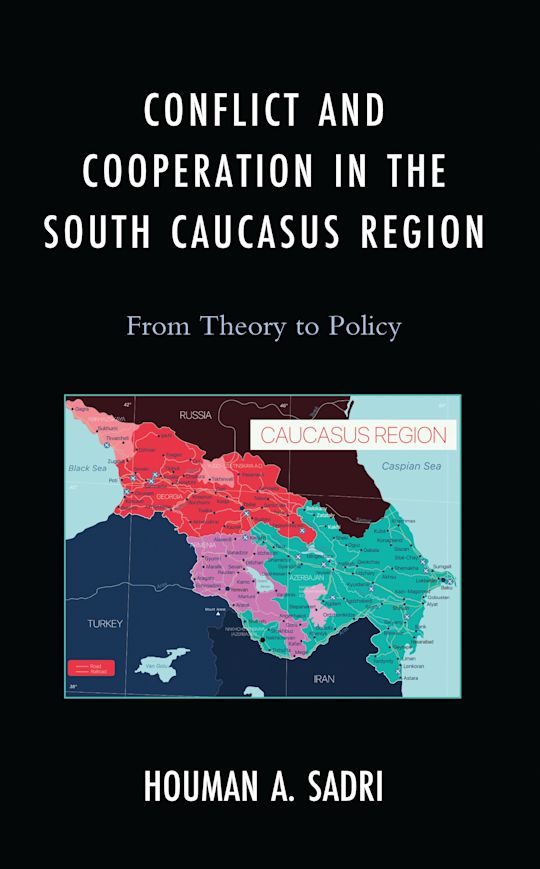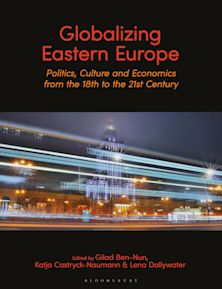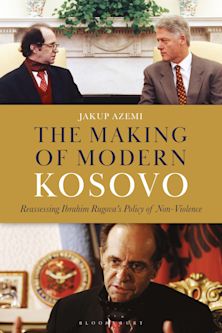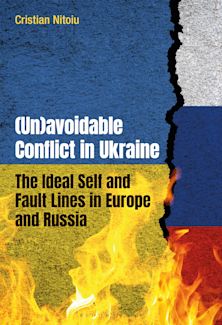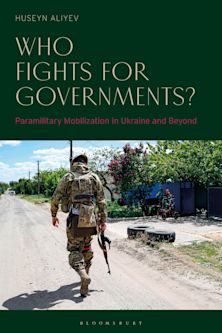- Home
- ACADEMIC
- Politics & International Relations
- European Politics
- Conflict and Cooperation in the South Caucasus Region
Conflict and Cooperation in the South Caucasus Region
From Theory to Policy
Conflict and Cooperation in the South Caucasus Region
From Theory to Policy
This product is usually dispatched within 10-14 days
- Delivery and returns info
-
Free UK delivery on orders £30 or over
You must sign in to add this item to your wishlist. Please sign in or create an account
Description
Conflict and Cooperation in the South Caucasus Region: From Theory to Policy combines IR theory and policy in a readable format. Houman A. Sadri discusses the distinctive challenges of the South Caucasus region and offers a survey of relevant IR theories. Armenia, Azerbaijan, and Georgia are covered in-depth since independence
These former Soviet republics have experienced major conflicts and cooperation since independence in the early 1990s. The 2008 Russian invasion of Georgia and the Armenian-Azeri Wars captured headlines and affected markets, but the completion of energy pipelines exposed the complexity of cooperation in connecting the regional and global political economy.
Conflict and Cooperation in the South Caucasus Region has three major purposes :1) To provide a survey of the major developments of the Caucasus States, 2) To analyze the application of IR prominent theories, and 3) To offer practical policy options for policymakers seeking to understand the South Caucasus region.
What does the remainder of the 21st Century hold for Armenia, Azerbaijan, and Georgian? Where are the main sources of threats? How can these threats be effectively dealt with?
Table of Contents
Chapter 1: Security & the Caucasus States
Chapter 2: Azerbaijan
Chapter 3: Armenia
Chapter 4: Georgia
Conclusion: Security and Stability in the South Caucasus
Product details
| Published | 19 Dec 2023 |
|---|---|
| Format | Hardback |
| Edition | 1st |
| Extent | 388 |
| ISBN | 9781666929393 |
| Imprint | Lexington Books |
| Illustrations | 9 tables |
| Dimensions | 236 x 159 mm |
| Series | Russian, Eurasian, and Eastern European Politics |
| Publisher | Bloomsbury Publishing |
About the contributors
Reviews
-
Sadri's thorough research and interdisciplinary approach offer a deep understanding of the South Caucasus. His work highlights the region's importance in global politics. By exploring the history, geography, and international relations of the area through several theoretical lenses, the book provides a comprehensive and accessible analysis of the complex security situation in the South Caucasus and its implications for the future.
Society & Times - Scientific Journal
-
Sadri makes a worthwhile effort to bring social scientific reasoning into an area specialty often given to sweeping ideological or geostrategic schemes and thus advocates for foreign policy prescriptions better rooted in reason and evidence.
Journal of the Global South Studies
-
Sadri makes a worthwhile effort to bring new approaches to an area specialty often dominated by Northern/Western IR paradigms, by incorporating it into the perspective of the Global South.
International Studies Association, Global South Caucus Online Newsletter
-
A highly-informed, comprehensive and balanced historical and comparative analysis of a highly-contested but crucial region. An invaluable resource for those unfamiliar with the South Caucasus and a fount of wisdom and objective analysis for old hands in the field.
Richard Sakwa, University of Kent
-
"Professor Sadri's latest book contains the most comprehensive and innovative analysis of the complex affairs of our region that I have encountered. His frequent visits to the region as well as his extensive interactions with the local population inform his work with a deeper understanding of our region's politics than the typical foreign observer.”
Phikria Asanishili, Tbilisi State University
-
In Conflict and Cooperation in the South Caucasus Region, Houman Sadri cogently analyzes the foreign and domestic policies of Armenia, Azerbaijan and Georgia within the broader context of Caucasian history and the Eurasian security environment. He effectively argues that major theories of international relations can provide only partial explanations for the complex dynamics of this mountainous area. Utilizing perspectives from both comparative politics and international relations, this comprehensive, readable work on an understudied region will be appreciated by undergraduate students and specialists alike.
Charles E. Ziegler, University of Louisville









